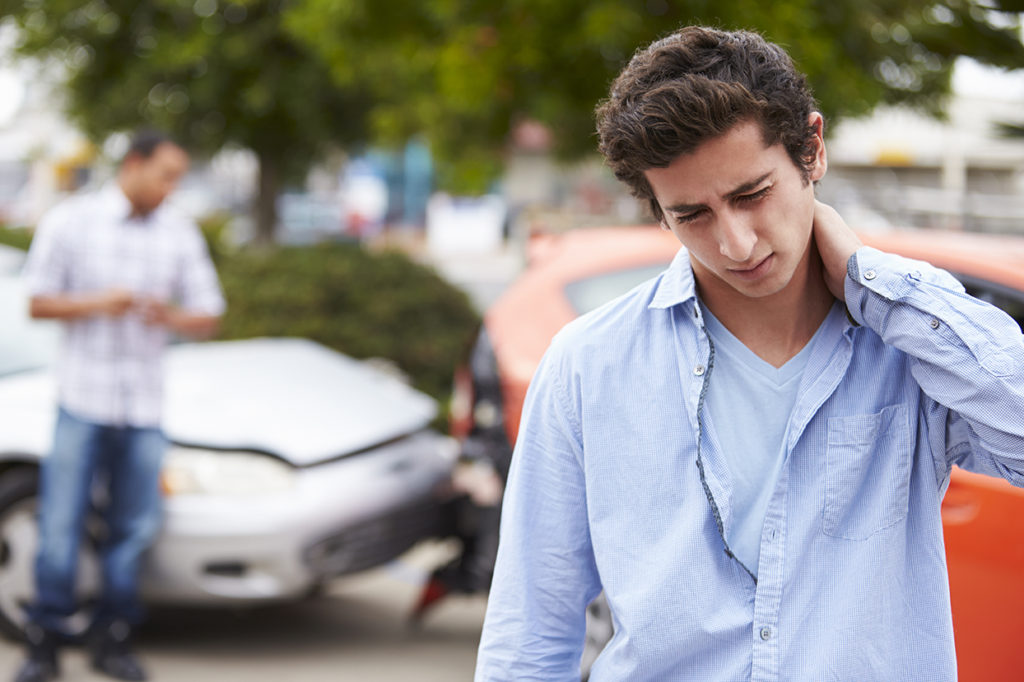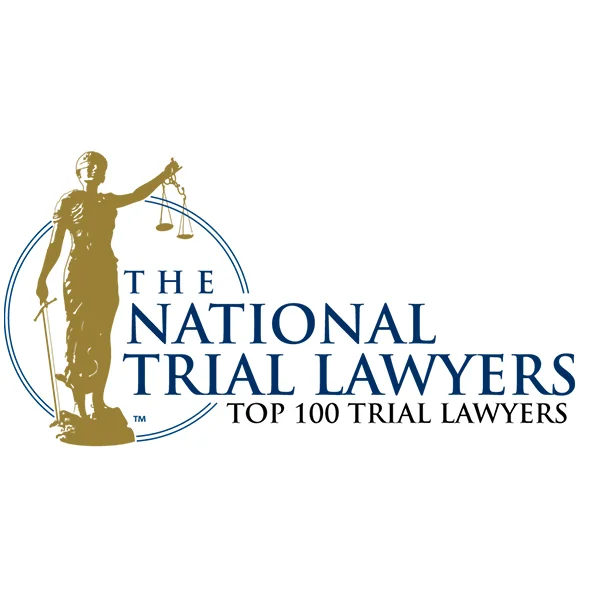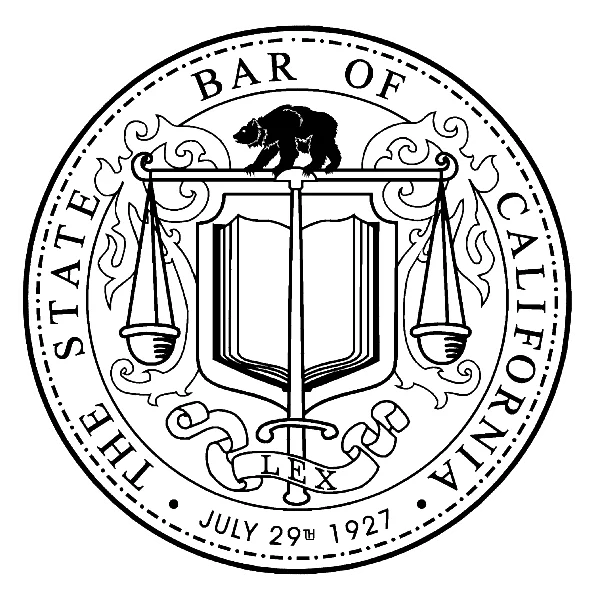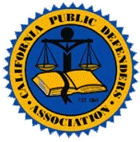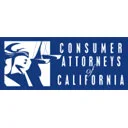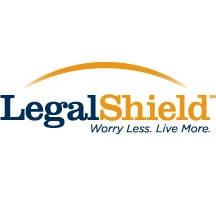After a car accident, one of the most immediate concerns is determining, “Who pays for a car accident in California?” In this state, figuring out who covers the costs for damages depends on who is at fault and the extent of the damages. California’s insurance laws and fault regulations play a major role in how payment responsibilities are handled. The Car/Auto Accident Attorney Redding CA team can help guide you through the process of establishing fault and understanding who is responsible for paying after a car accident.
Understanding California’s At-Fault Insurance System
California operates under an at-fault insurance system, which means the driver who is deemed at fault for the accident is responsible for paying for damages. However, this doesn’t always mean that the at-fault driver personally pays for everything; their auto insurance is typically responsible for covering the costs.
1. Determining Fault
Determining fault is crucial in figuring out who pays for a car accident in California. Fault is typically established through evidence gathered at the scene, witness statements, and police reports. In some cases, both drivers may share responsibility.
2. Minimum Insurance Coverage
In California, all drivers are required to carry minimum liability insurance. This insurance helps cover the costs of damages and injuries to others if the insured driver is found at fault. The minimum required coverage includes:
- $15,000 for injury or death of one person
- $30,000 for injury or death of multiple people
- $5,000 for property damage
If the damages exceed these amounts, the at-fault driver may be personally responsible for paying the remaining costs.
What Happens if Both Drivers Share Fault?
California follows a comparative negligence rule, which means that multiple drivers can share responsibility for an accident. In cases where both drivers are partially at fault, each driver’s responsibility for paying damages is proportional to their percentage of fault. For example, if one driver is 70% at fault and the other is 30% at fault, the 70% responsible driver will cover 70% of the damages.
1. Impact on Compensation
If you’re partially at fault, the compensation you receive will be reduced by your percentage of fault. For instance, if you’re awarded $20,000 in damages but are found to be 20% at fault, you’ll receive $16,000.
2. Insurance and Comparative Negligence
Insurance companies will consider comparative negligence when determining how much they’ll pay out. If both drivers share responsibility, their respective insurance companies will handle the payment based on the established percentage of fault.
What Happens if the Other Driver Is Uninsured?
If the at-fault driver doesn’t have insurance or doesn’t have enough coverage to pay for the damages, the situation can become more complicated. However, there are ways to still receive compensation.
1. Uninsured and Underinsured Motorist Coverage
In California, drivers have the option to add uninsured/underinsured motorist coverage to their policy. This coverage helps pay for damages if the at-fault driver lacks insurance or has inadequate coverage. It covers both bodily injury and property damage, depending on the specifics of your policy.
2. Suing the Uninsured Driver
If you don’t have uninsured motorist coverage and the at-fault driver doesn’t have insurance, you may need to file a lawsuit against the driver to recover damages. While this can be a time-consuming and costly process, it may be your best option if insurance coverage is not available.
How Are Medical Expenses Covered After a Car Accident?
Medical bills can pile up quickly after a car accident, even in cases of minor injuries. Knowing who pays for medical expenses is crucial for your financial recovery.
1. The At-Fault Driver’s Insurance
If the other driver is found to be at fault, their insurance should cover your medical bills up to their policy limits. However, if the other driver’s insurance coverage is insufficient, you may need to seek other sources to cover the remaining medical expenses.
2. Health Insurance
Your own health insurance may also cover your medical bills following a car accident. However, if you receive compensation from the at-fault driver’s insurance, your health insurance provider may place a lien on your settlement to recover the costs they covered.
For more detailed insights on legal representation and its importance, visit our guide on Do I need a lawyer for a car accident in California? to understand how legal help can protect your rights.
What About Property Damage?
In addition to medical bills, property damage—especially damage to your vehicle—must also be addressed after a car accident.
1. The At-Fault Driver’s Insurance
The at-fault driver’s property damage liability insurance should cover the cost of repairing or replacing your vehicle. If your vehicle is totaled, the insurance company will pay the fair market value of the car at the time of the accident.
2. Your Own Collision Coverage
If the at-fault driver’s insurance doesn’t cover the full cost of repairs or if you were partially at fault, your own collision coverage may pay for the repairs or the replacement value of your car.
Getting Legal Help to Determine Who Pays
Understanding who pays for a car accident in California can be challenging, especially if fault is disputed or insurance coverage is inadequate. Working with an experienced attorney can help ensure that you receive the compensation you deserve for medical bills, property damage, and other losses.
If you’ve been involved in a car accident and are unsure who is responsible for covering the damages, the team at Cibula Law is here to help. Contact us today to discuss your case and explore your options.

